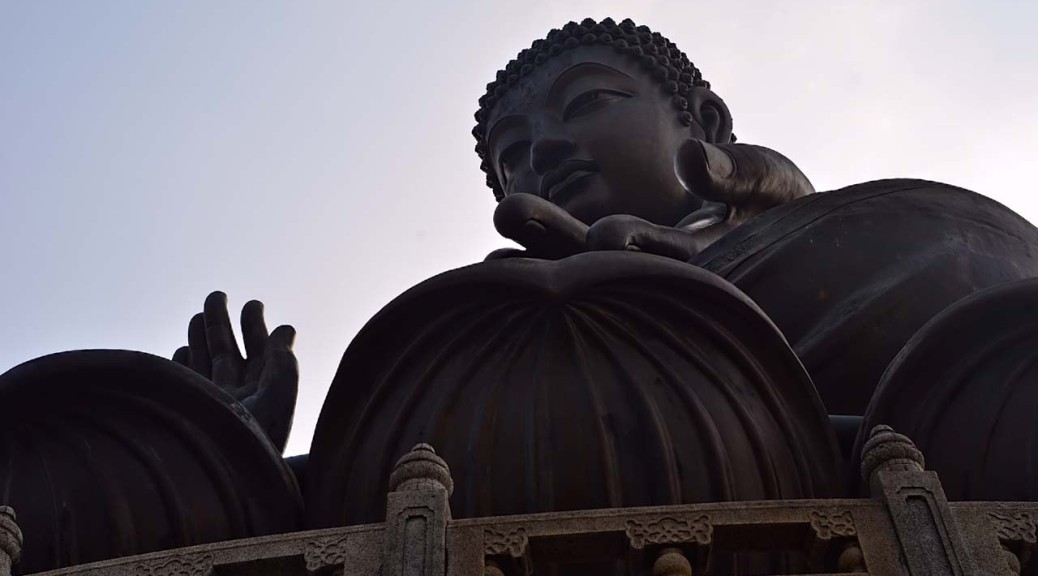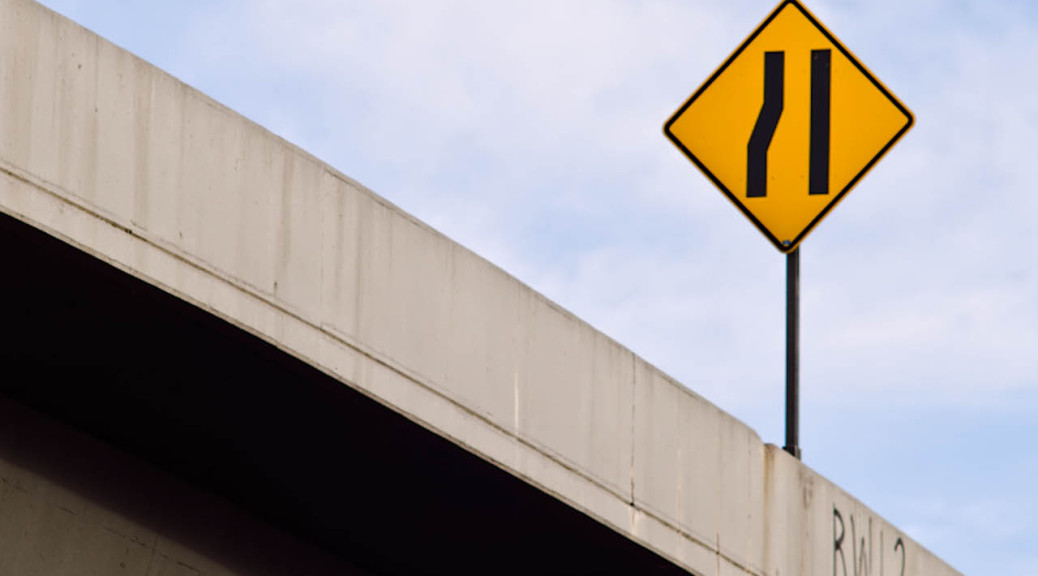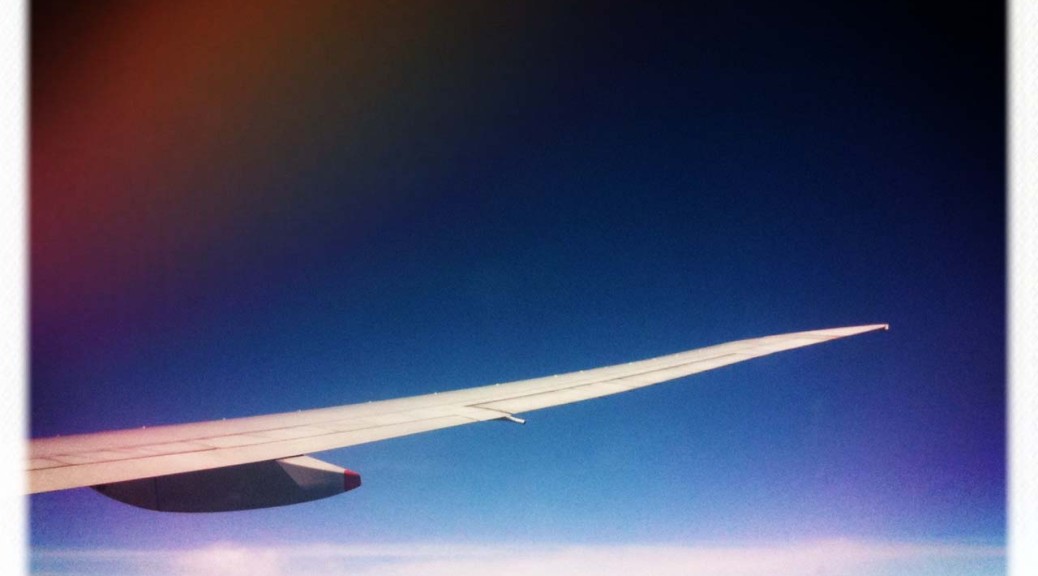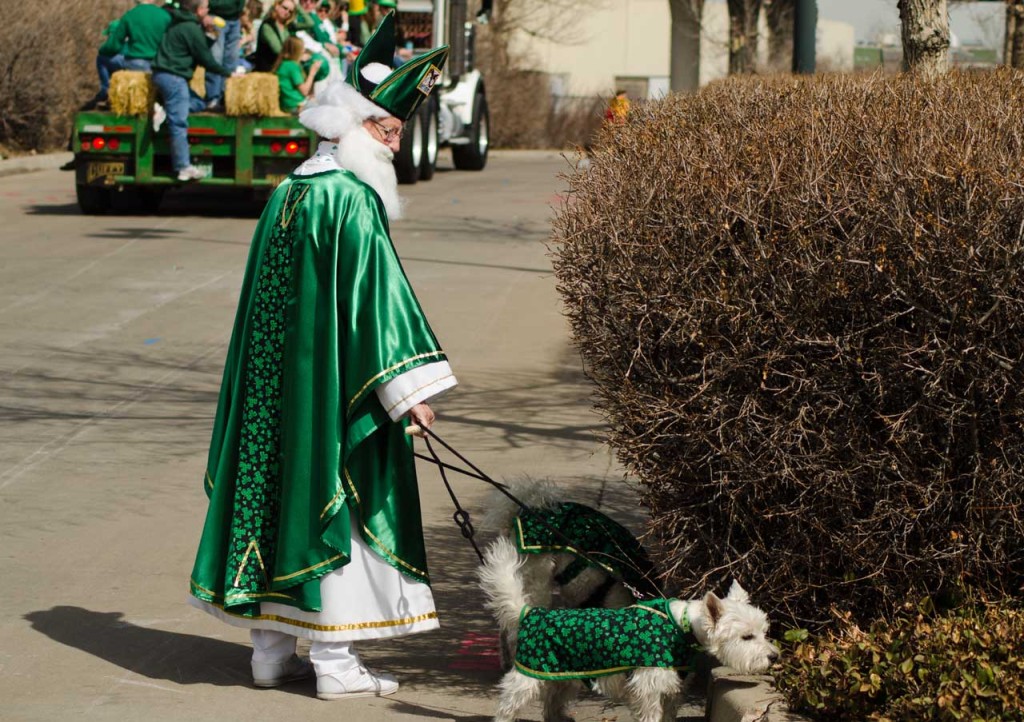 Saint Patrick walking his dogs.
Saint Patrick walking his dogs.
 Bordados de Oruro.
Bordados de Oruro.
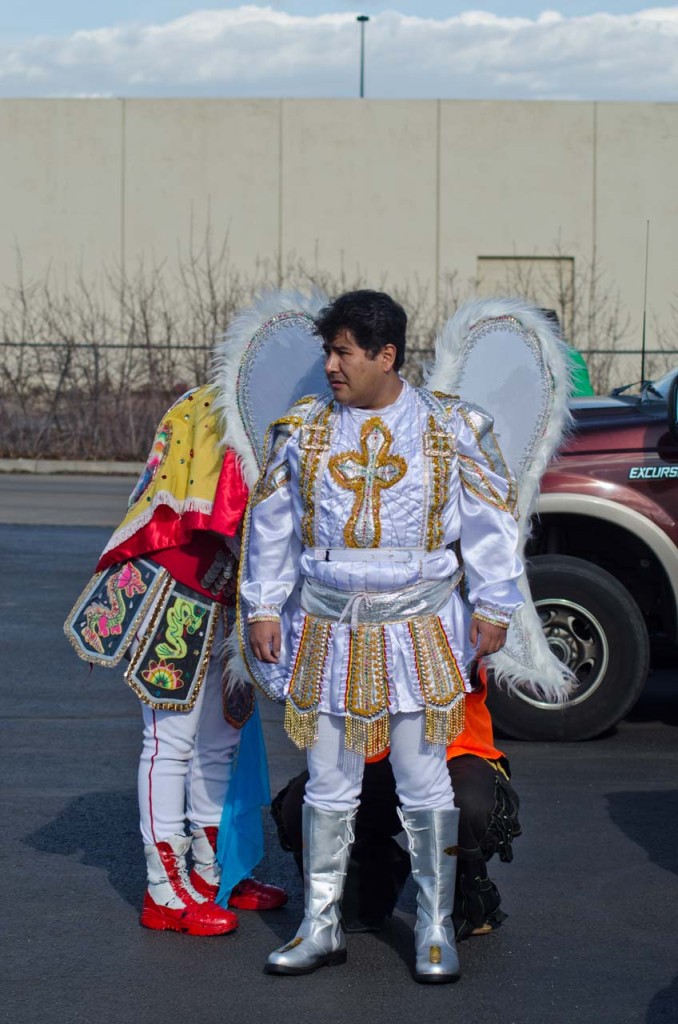 San Miguel Arcángel מיכאל
San Miguel Arcángel מיכאל

La Virgen del Socavon de 1781, Oruro, Bolivia. Via Wikimedia.

 Saint Patrick walking his dogs.
Saint Patrick walking his dogs.
 Bordados de Oruro.
Bordados de Oruro.
 San Miguel Arcángel מיכאל
San Miguel Arcángel מיכאל

La Virgen del Socavon de 1781, Oruro, Bolivia. Via Wikimedia.

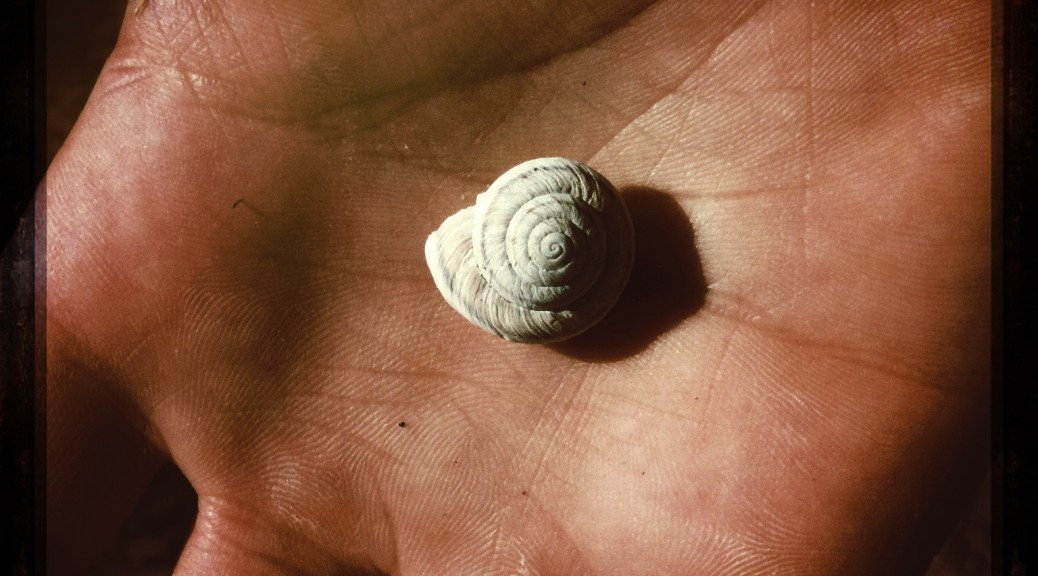
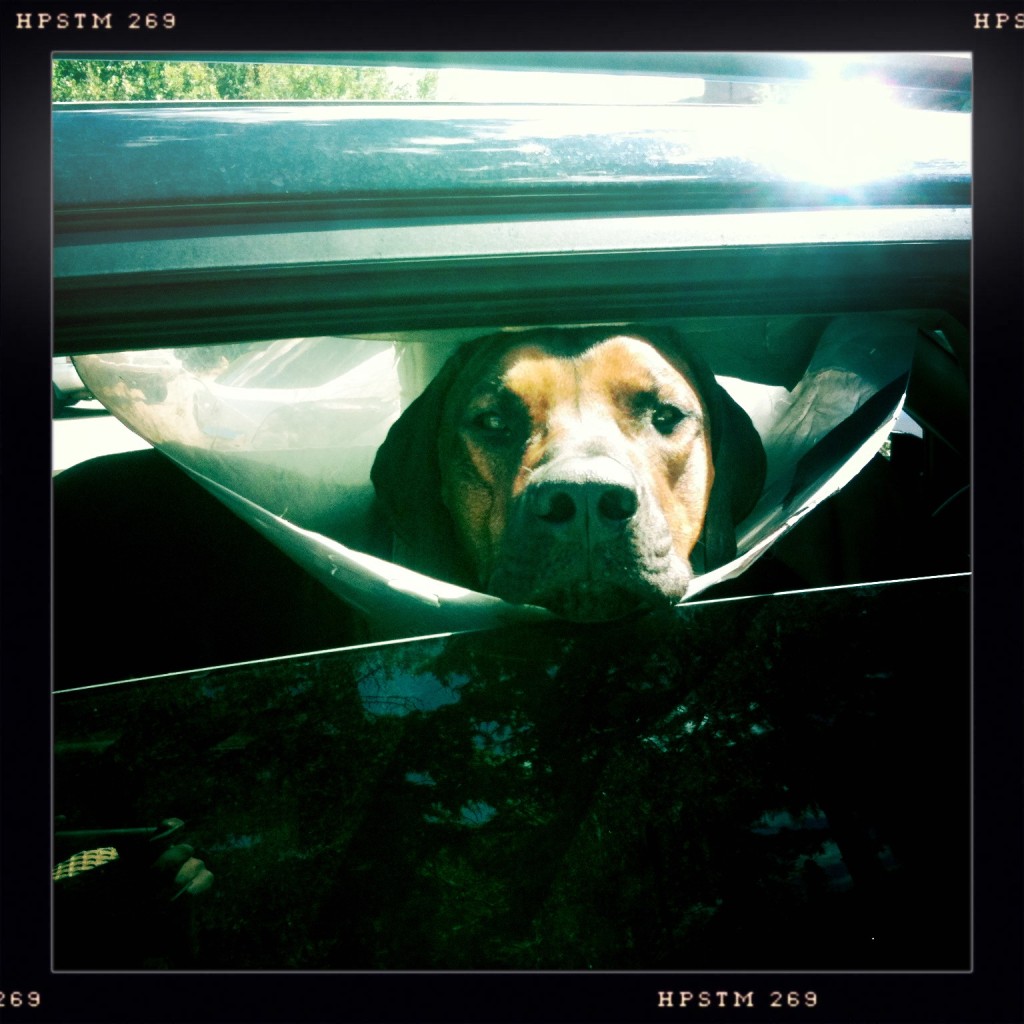
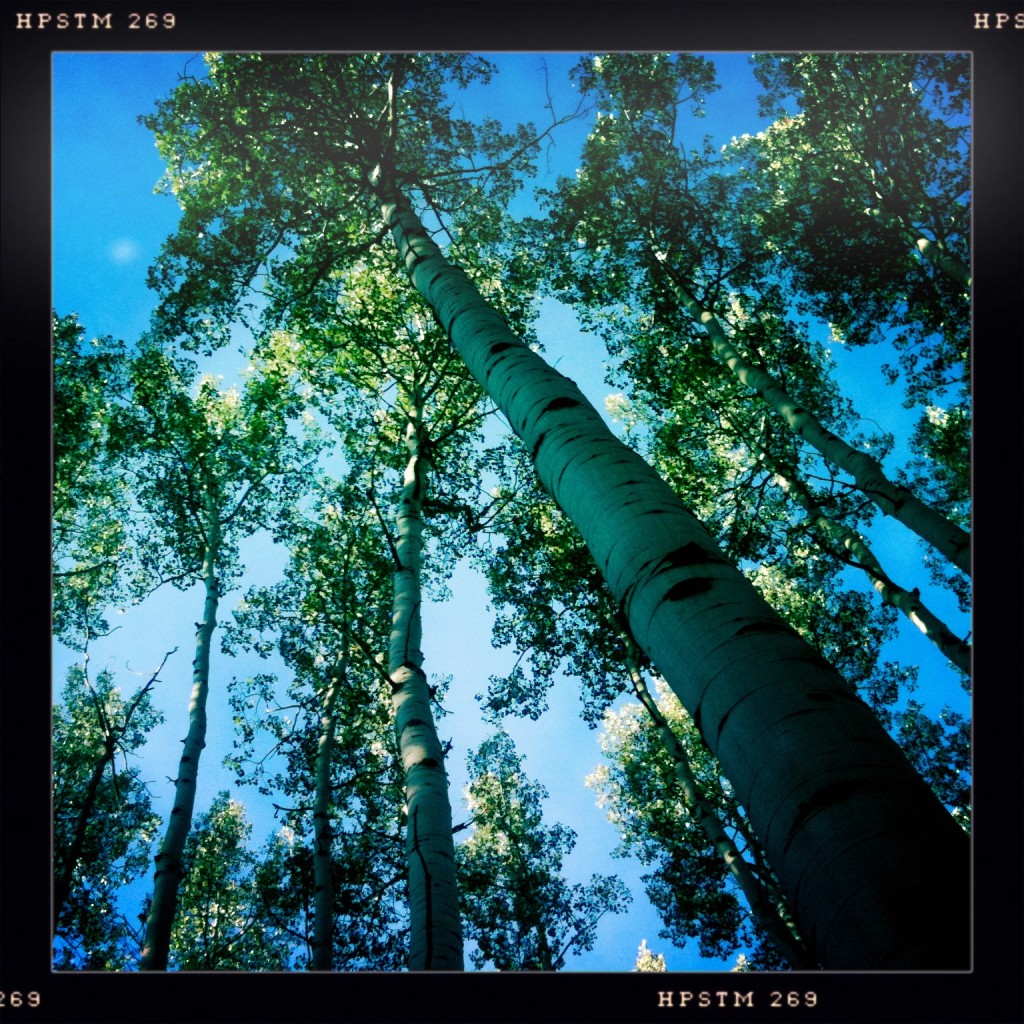
 Maroon Bells-Snowmass Wilderness.
Maroon Bells-Snowmass Wilderness. 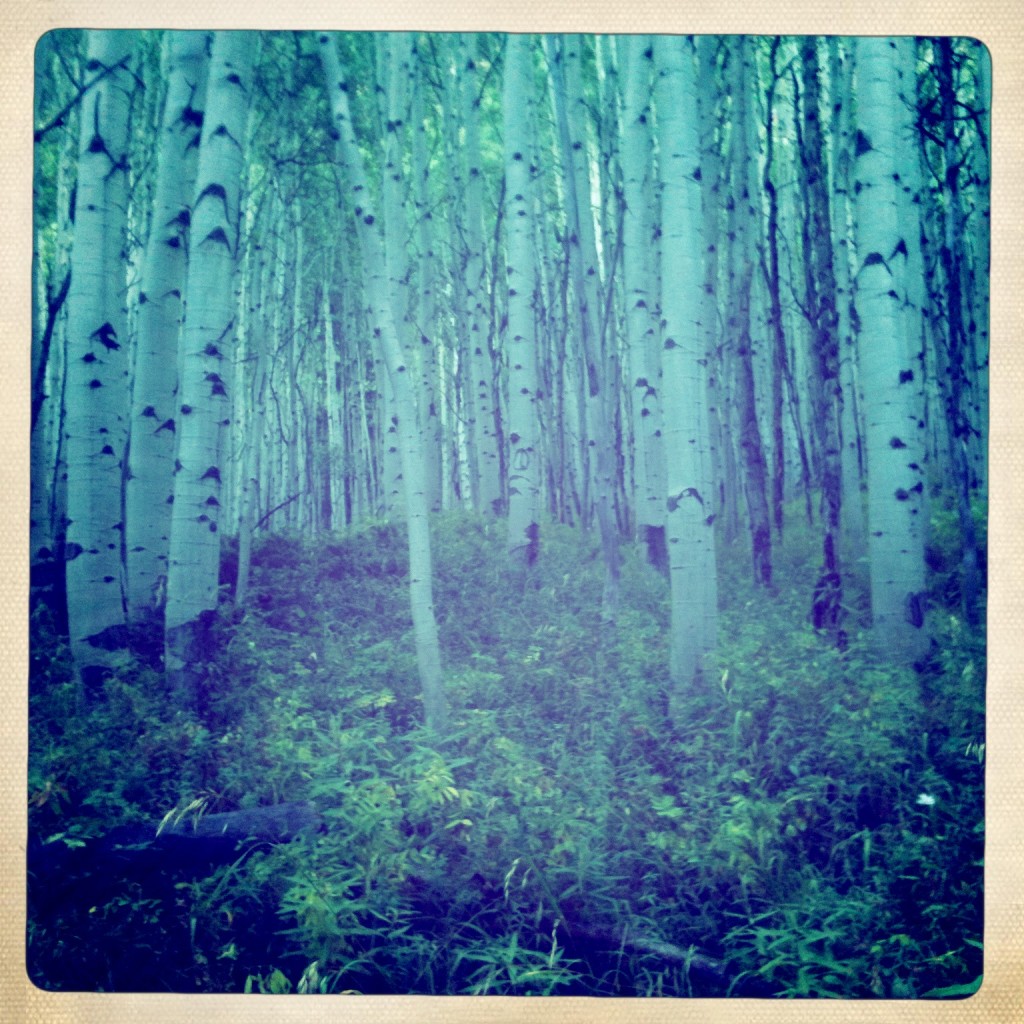 Aspen.
Aspen. 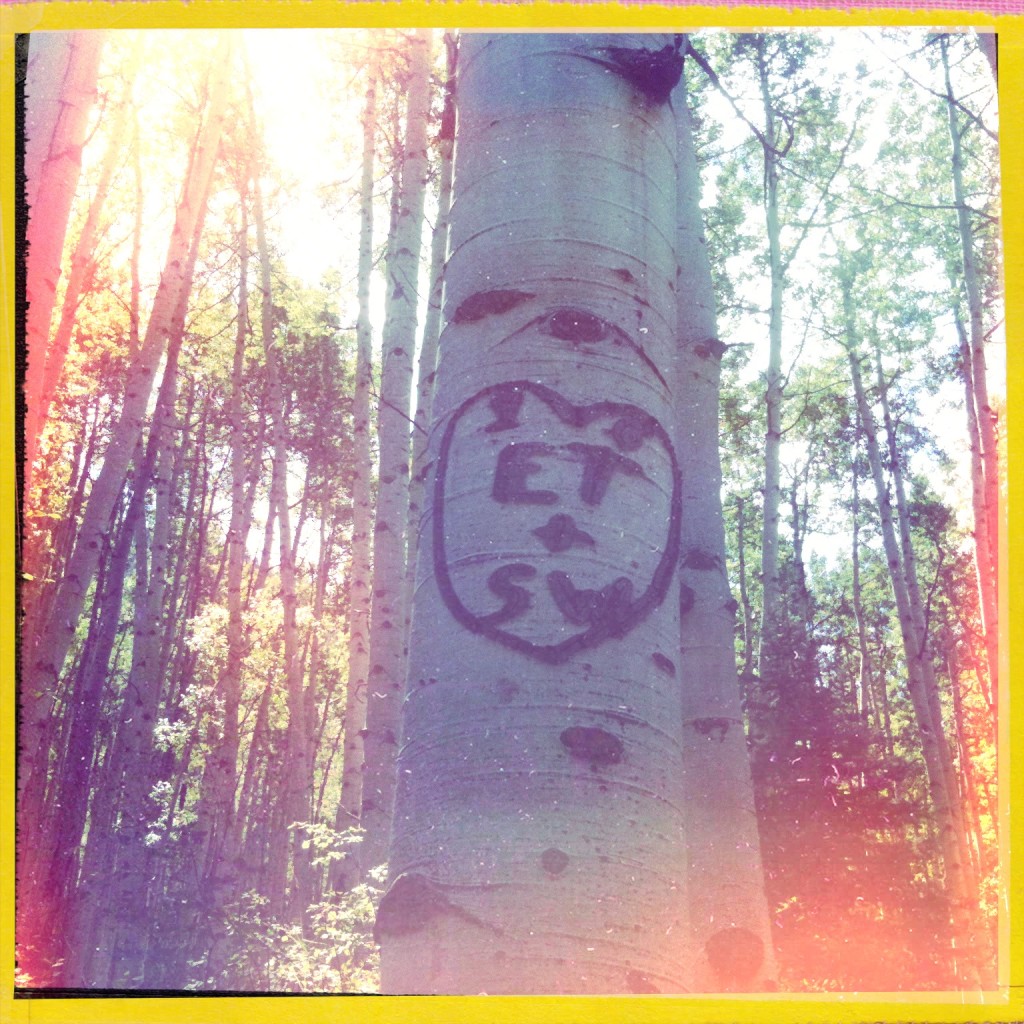 Snow White has always been into short guys.
Snow White has always been into short guys.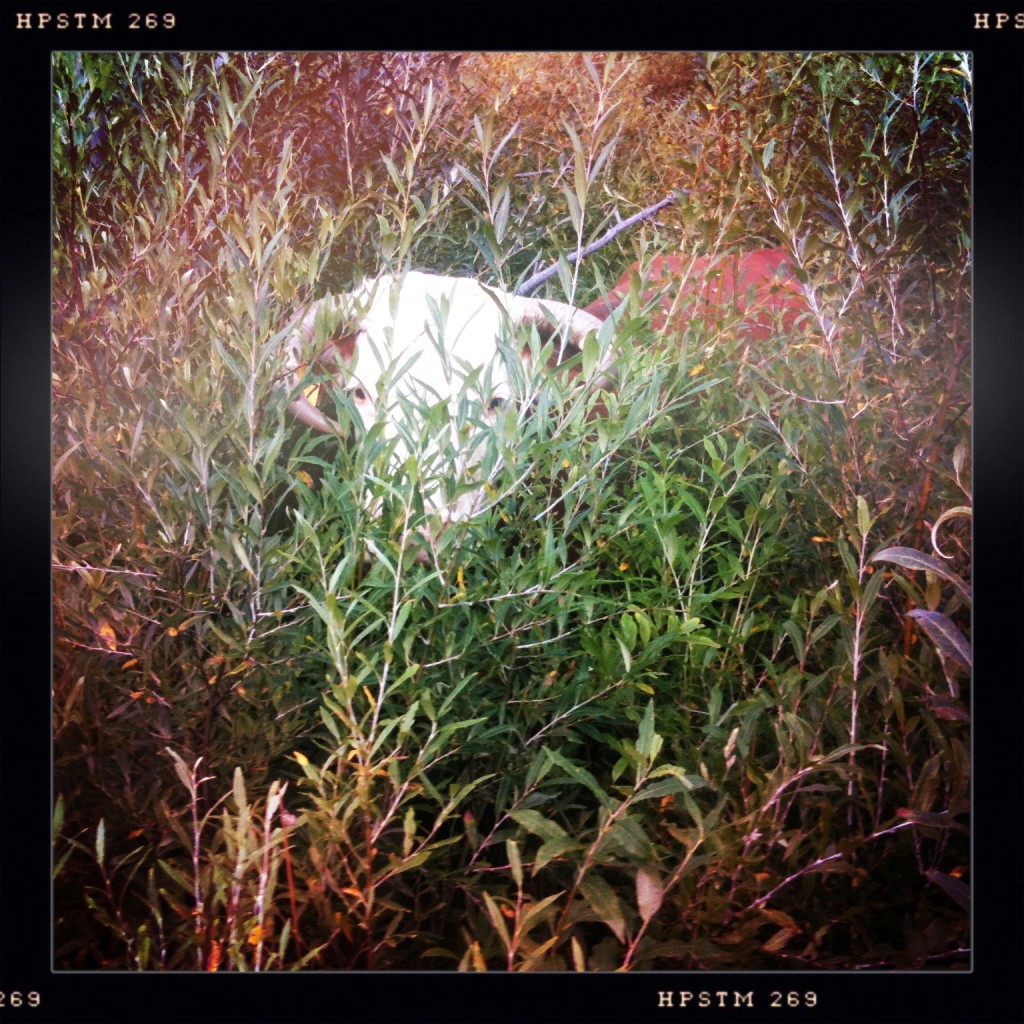 Cows in the wild.
Cows in the wild.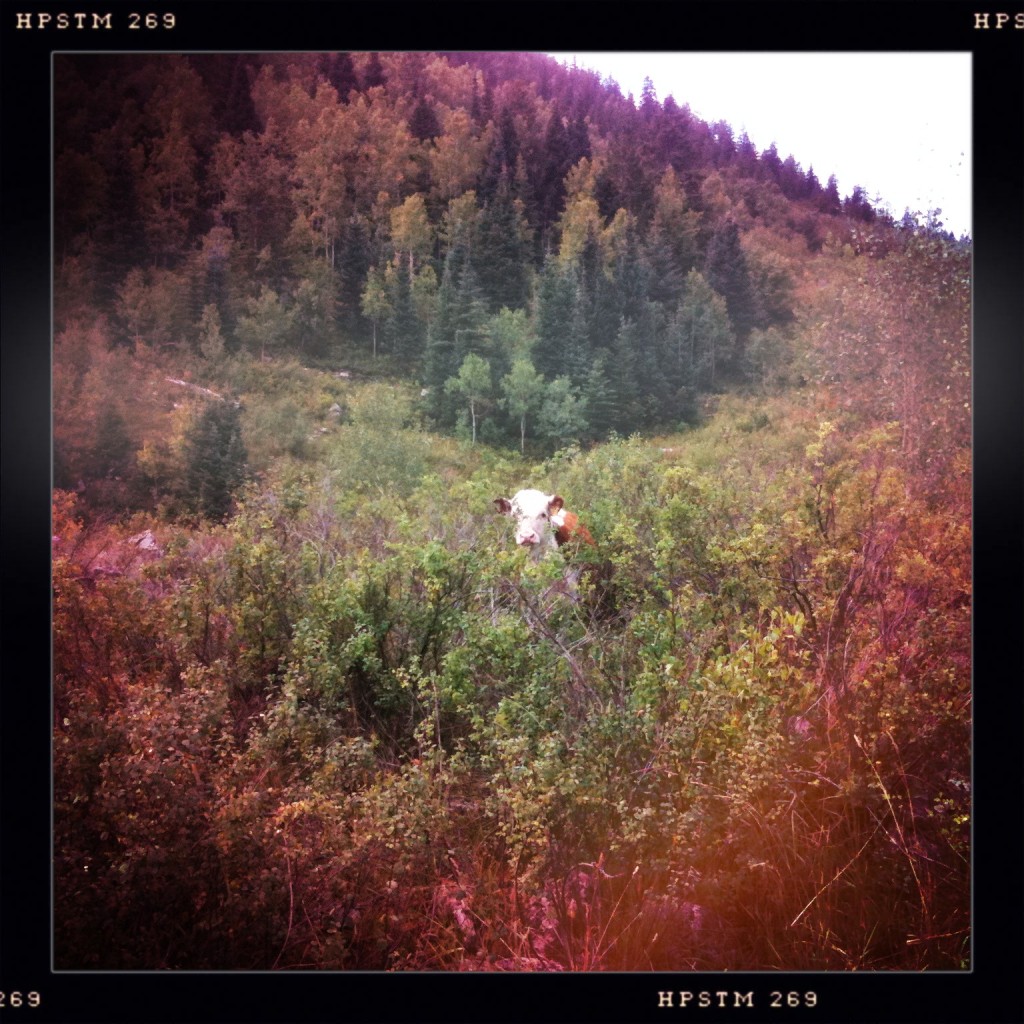
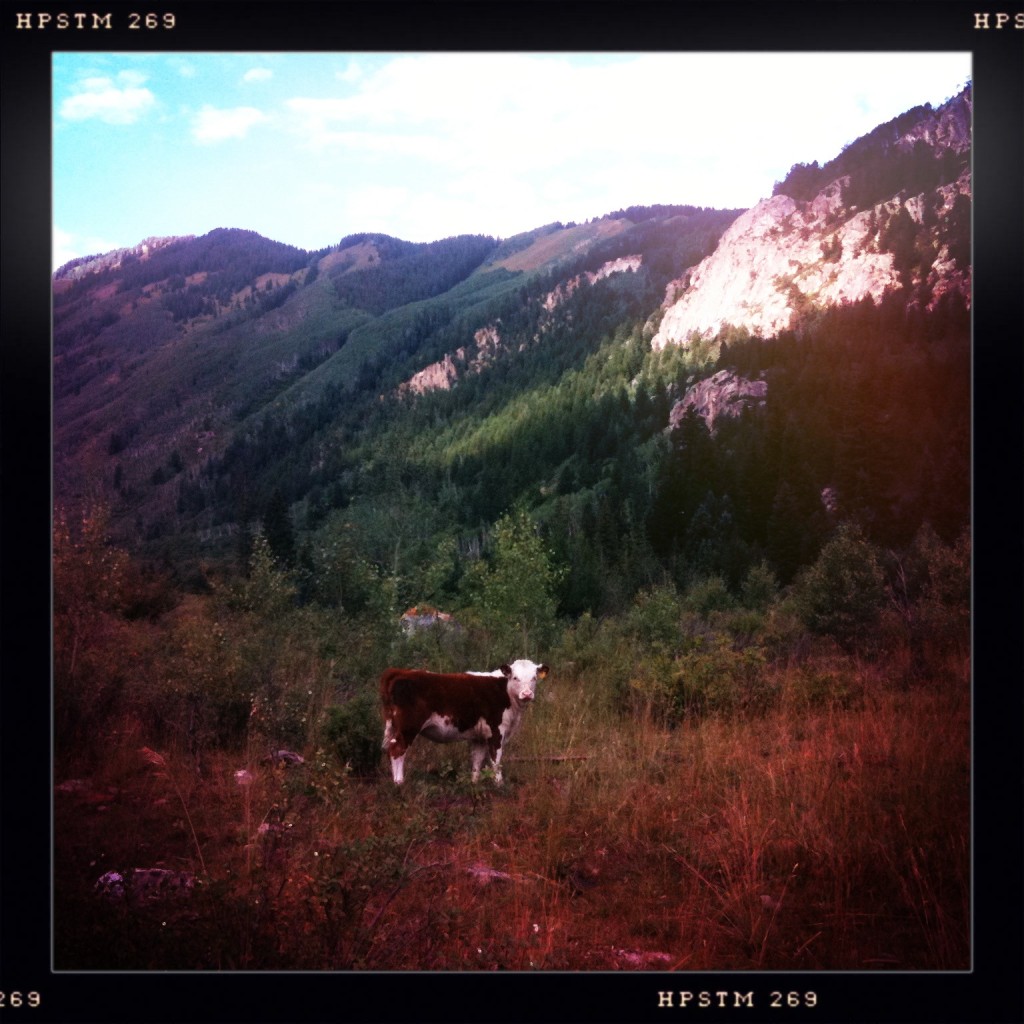
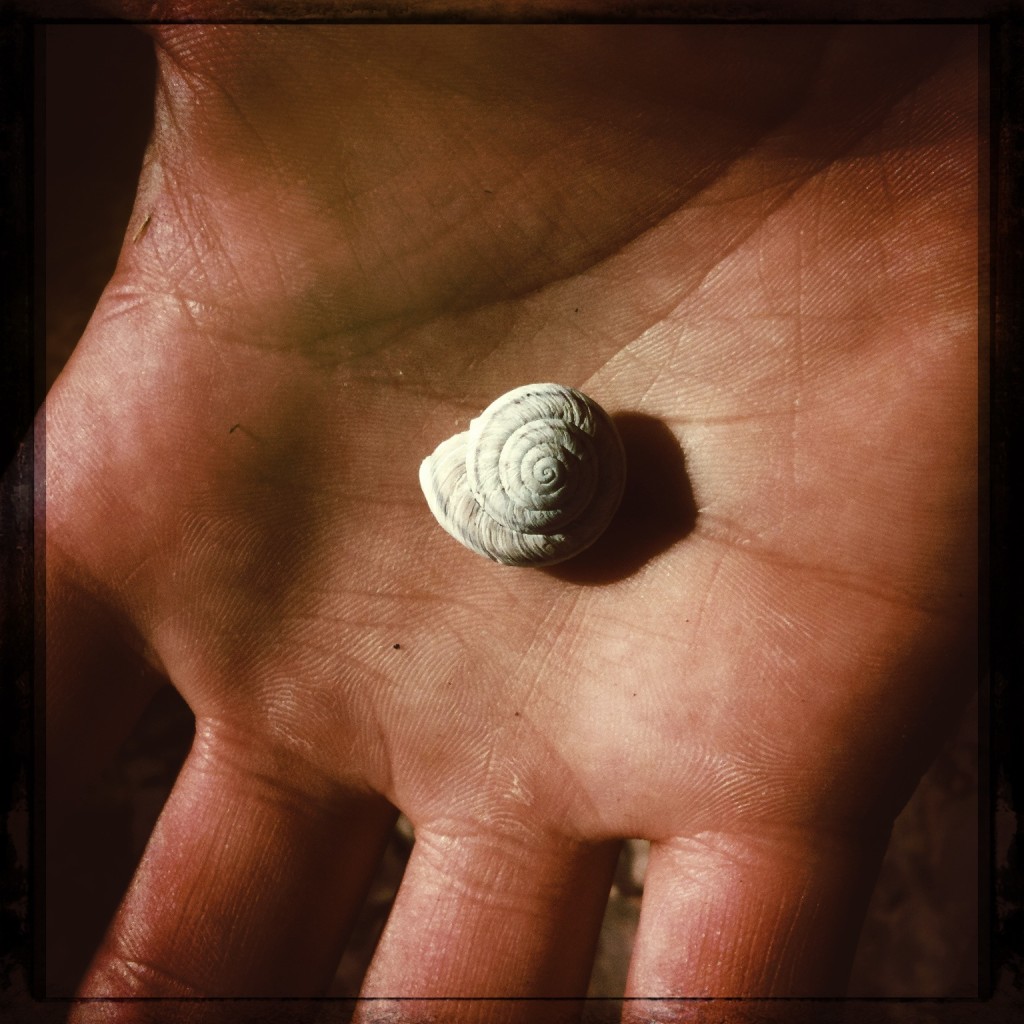 φ.
φ.
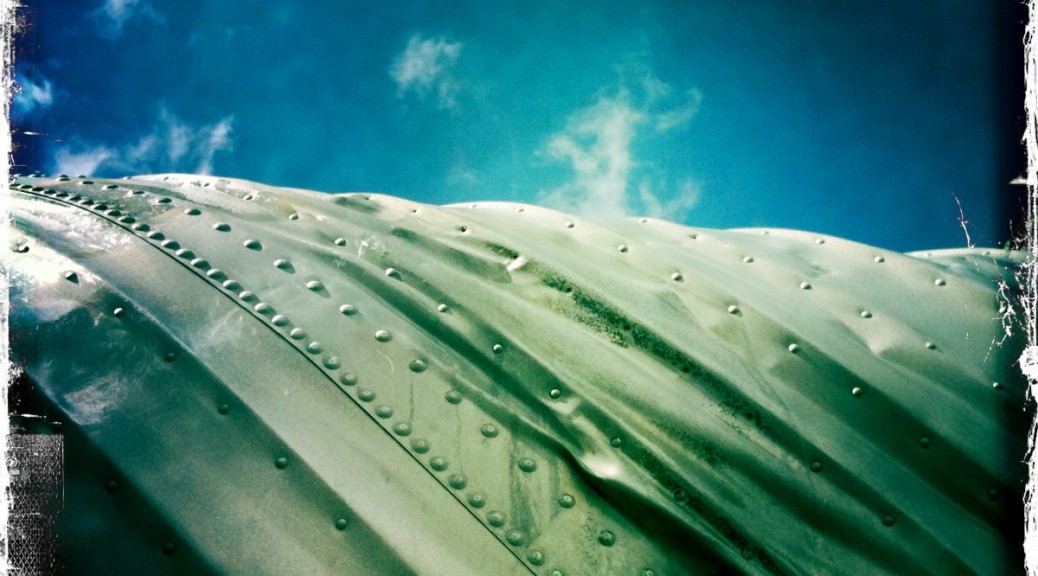
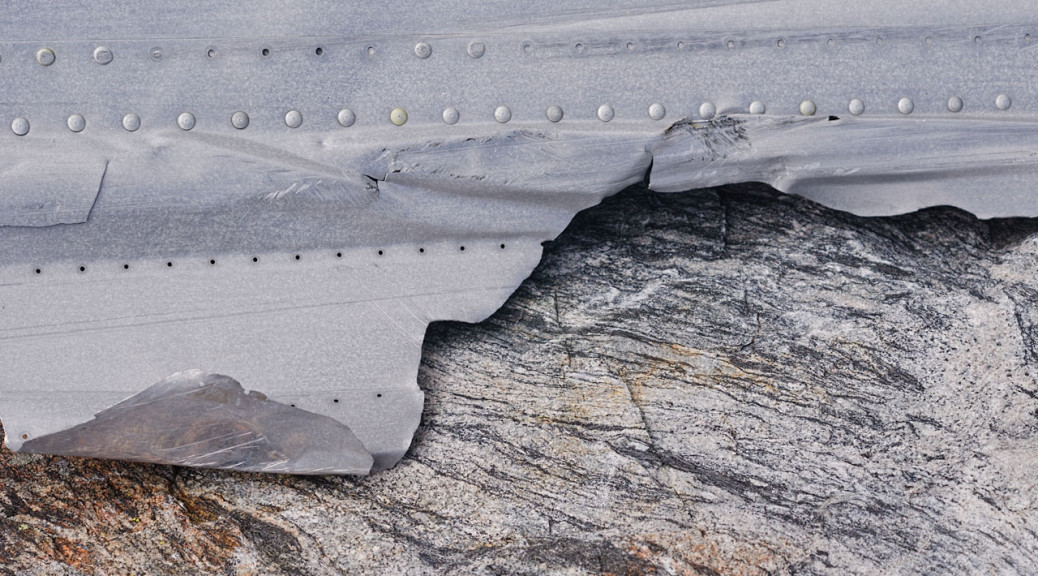
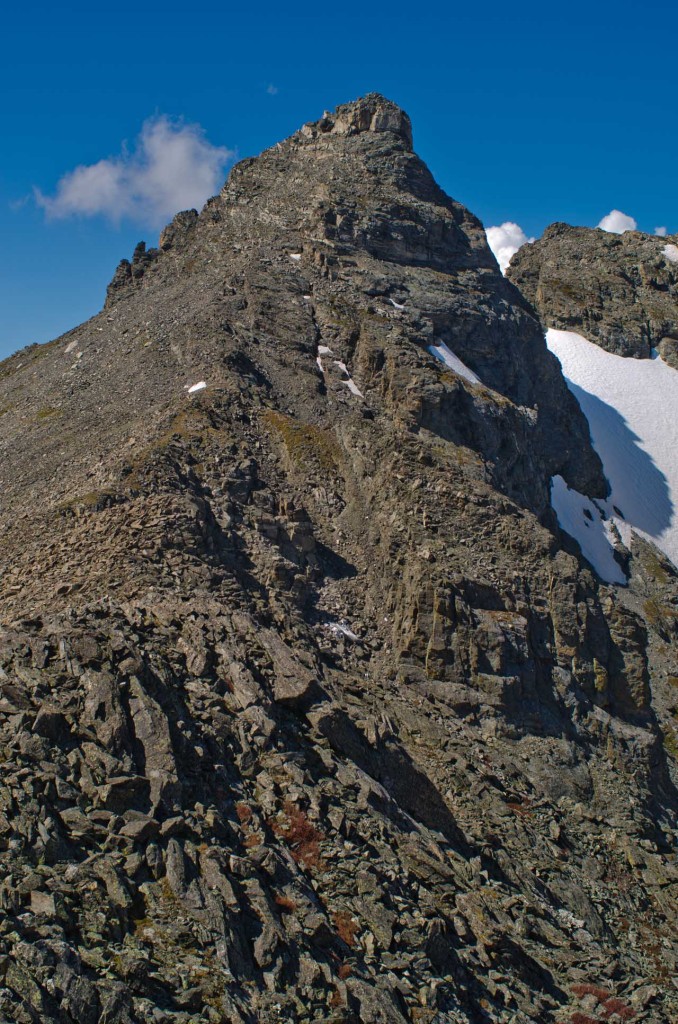
Navajo Peak and Airplane Gully. Part of the wreckage of the DC-3 can be seen below the center of the picture.
Excepts from the 1948 Accident Investigation Report:
[Aircraft] NC-206 [DC-3] departed from Denver, Colorado, at 1602 [January 21, 1948] for Grand Junction, Colorado.
Twenty-two minutes later, at 1624, the CAA communication station at Denver received a position report from the flight that it was at an altitude of 14,500 feet, 500 feet over the top of clouds, and 20 miles west of Denver. The flight also reported that they were experiencing severe turbulence.
At approximately 1630, aircraft NC-206[…] crashed 7 miles west southwest of Ward, Colorado, on Navajo Peak. The 3 occupants aboard were killed, and the aircraft was completely destroyed.
Impact and fire which followed completely destroyed the airplane.
A search was organized, and in spite of snowstorms and unfavorable weather on the night of January 21, 1948, search parties moved into the mountainous area from which the aircraft had last been heard. Snow continued for 7 days, covering the wreckage, and making it practically impossible to locate from either the air or the ground. As a result, the search parties were recalled January 28, but the aerial search continued. On May 23, 1948, the wreckage was located by an Air National Guard. It was found slightly below the summit and on the north side of Navajo Peak, which is approximately 7 miles west southwest of Ward, Colorado, or about 45 miles west northwest of Denver. Immediately after the wreckage was located from the air, a ground search party was dispatched to the scene […]The search party found that the aircraft had struck the north northeast side of Navajo Peak approximately 500 feet below the summit, and at an elevation of 12,900 feet above sea level. […] First point of impact was on an almost vertical wall of rock, and the places where the engines had struck were clearly defined by oil spots and scars in the rock.
Probable Cause
The Board determines that the probable cause of this accident was an excessive loss of altitude resulting from a downdraft in an area of severe turbulence.—
One of the men that died in the accident was survived by a four-month-old son.
Navajo Peak, Indian Peaks Wilderness.
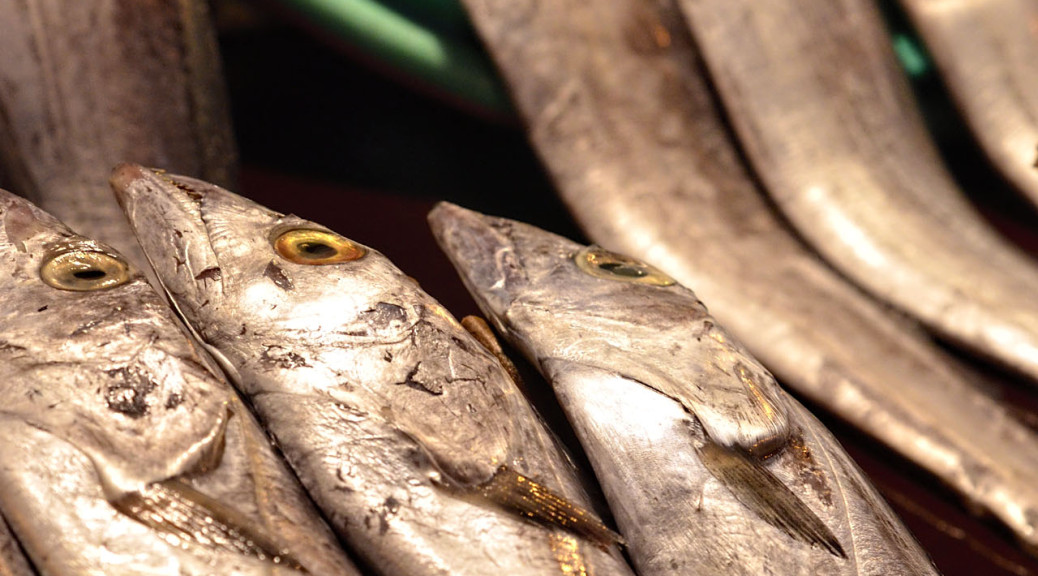

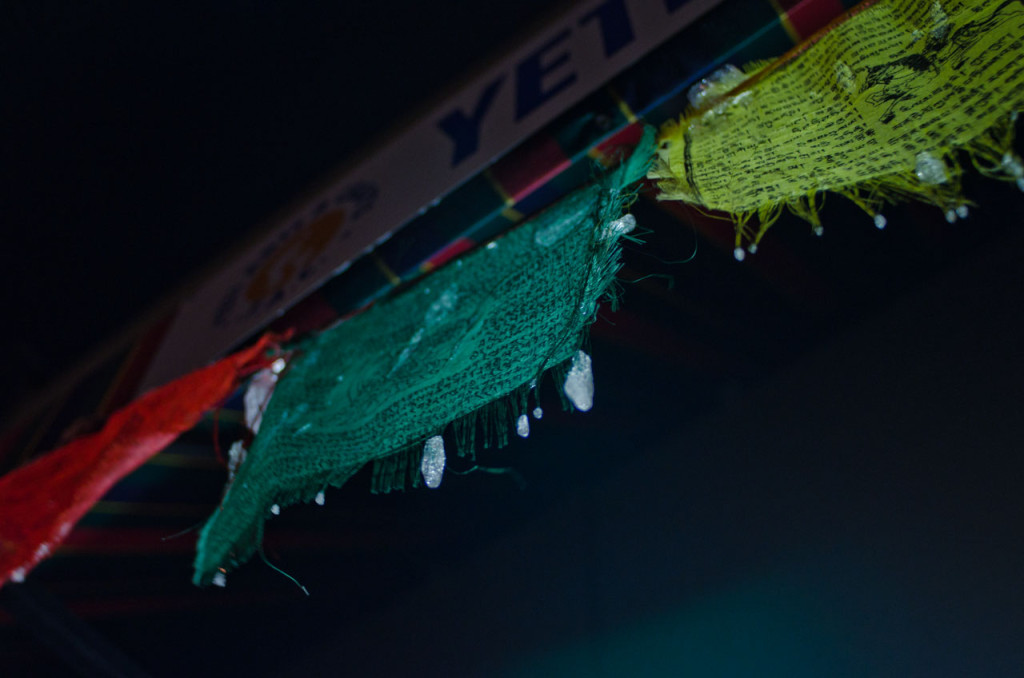 Ice on prayer flags. Broadway, Boulder, Colorado. February 2011. Bon བོན and prayer flags.
Ice on prayer flags. Broadway, Boulder, Colorado. February 2011. Bon བོན and prayer flags.
